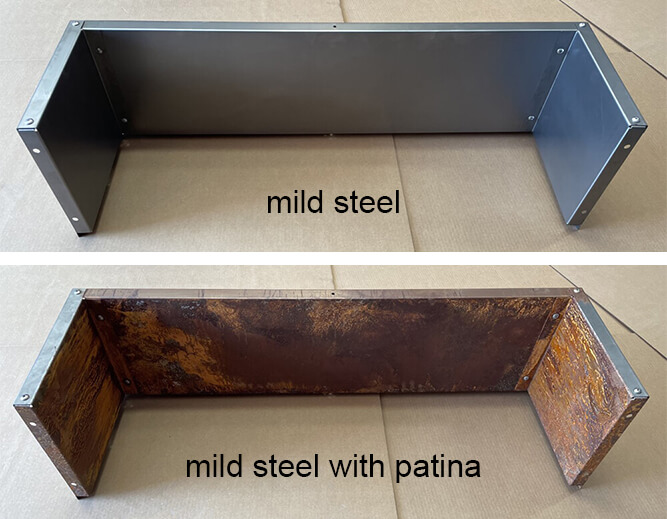
02 Apr The Essential Role of Window Wells in Your Home
Exploring the Purpose and Importance of Window Wells
When it comes to the architecture of a home, certain features may go unnoticed despite their significant role in both aesthetics and functionality. Window wells are one such element that often flies under the radar, yet they serve a crucial purpose in many homes, particularly those with below-grade windows. Let’s delve into what window wells are for and why they are essential components of a well-designed structure.
Understanding Window Wells
Firstly, what exactly are window wells? Window wells are essentially excavated areas that surround below-grade windows, typically found in basements or lower levels of buildings. They are constructed to allow natural light to enter these spaces and provide a means of emergency egress, among other functions.
Purpose and Functionality
Natural Light and Ventilation: One of the primary purposes of window wells is to bring natural light into areas that are otherwise devoid of it. Basements, in particular, can often be dim and dreary without adequate lighting. Window wells help mitigate this by allowing sunlight to penetrate below-ground spaces, creating a more inviting and comfortable environment. Additionally, they can facilitate ventilation, allowing fresh air to circulate into areas that may otherwise feel stagnant.
Emergency Egress: In the event of an emergency, such as a fire or other hazards that necessitate evacuation, window wells provide a means of escape for occupants of the lower levels of a building. Building codes typically require below-grade bedrooms and habitable spaces to have an egress window that meets specific size and accessibility criteria, and window wells help ensure that these requirements are met.
Preventing Water Intrusion: Another crucial function of window wells is to prevent water from infiltrating below-grade spaces. By providing a barrier between the window and the surrounding soil, window wells help divert rainwater and snowmelt away from the foundation of the building, reducing the risk of water damage and moisture-related issues such as mold and mildew.
Design Considerations
When incorporating window wells into the design of a building, several factors should be taken into account to ensure their effectiveness and aesthetic appeal:
Size and Depth: Window wells should be appropriately sized to accommodate the window and allow for adequate light ingress and egress. The depth of the well will depend on various factors, including the height of the window above grade and local building codes.
Materials and Construction: Window wells can be constructed from various materials, including concrete, metal, or composite materials. The choice of material will depend on factors such as durability, cost, and aesthetic preferences. Proper installation is crucial to ensure the structural integrity of the window well and its ability to withstand external pressures and weather conditions.
Safety Features: Safety should always be a priority when designing and installing window wells. This includes ensuring that the well is equipped with a secure cover or grate to prevent accidents and unauthorized access. Proper drainage is also essential to prevent water buildup within the well, which could pose a drowning hazard.
In conclusion, window wells may seem like a minor architectural feature, but they play a significant role in enhancing the livability, safety, and functionality of below-grade spaces in a building. Whether providing natural light, facilitating emergency egress, or protecting against water intrusion, window wells are an essential component of a well-designed structure.
Next time you glance out your basement window, take a moment to appreciate the humble window well and its contribution to the comfort and safety of your home.



No Comments